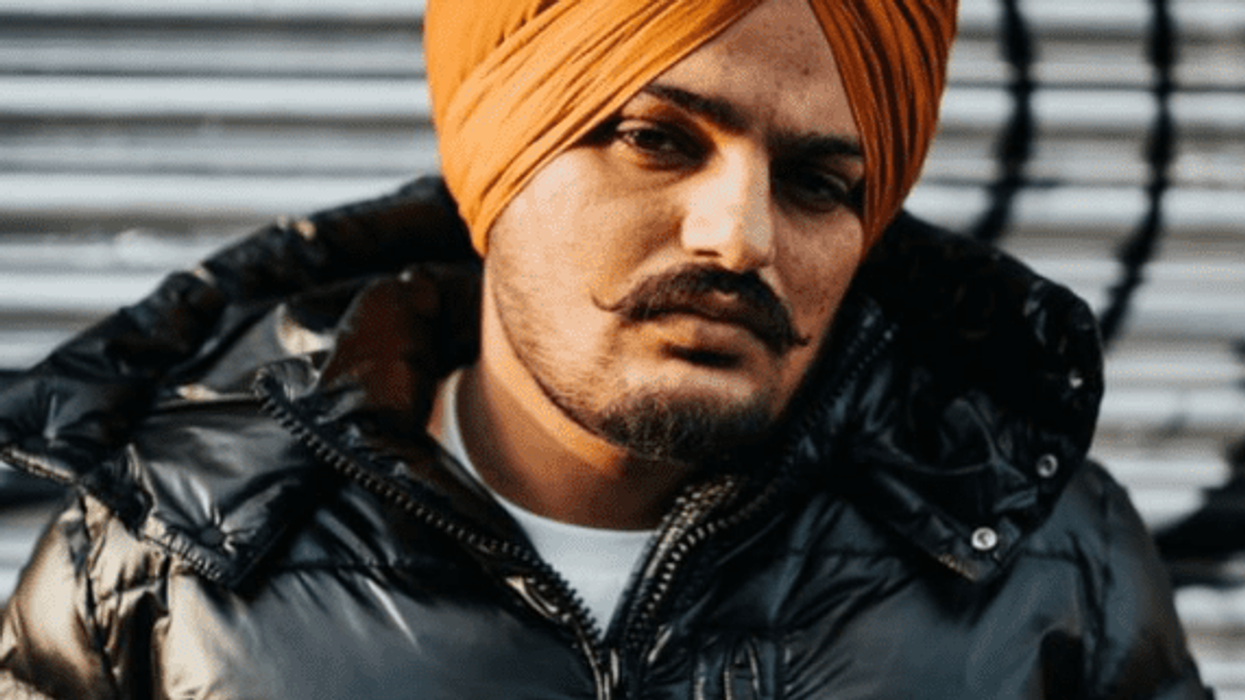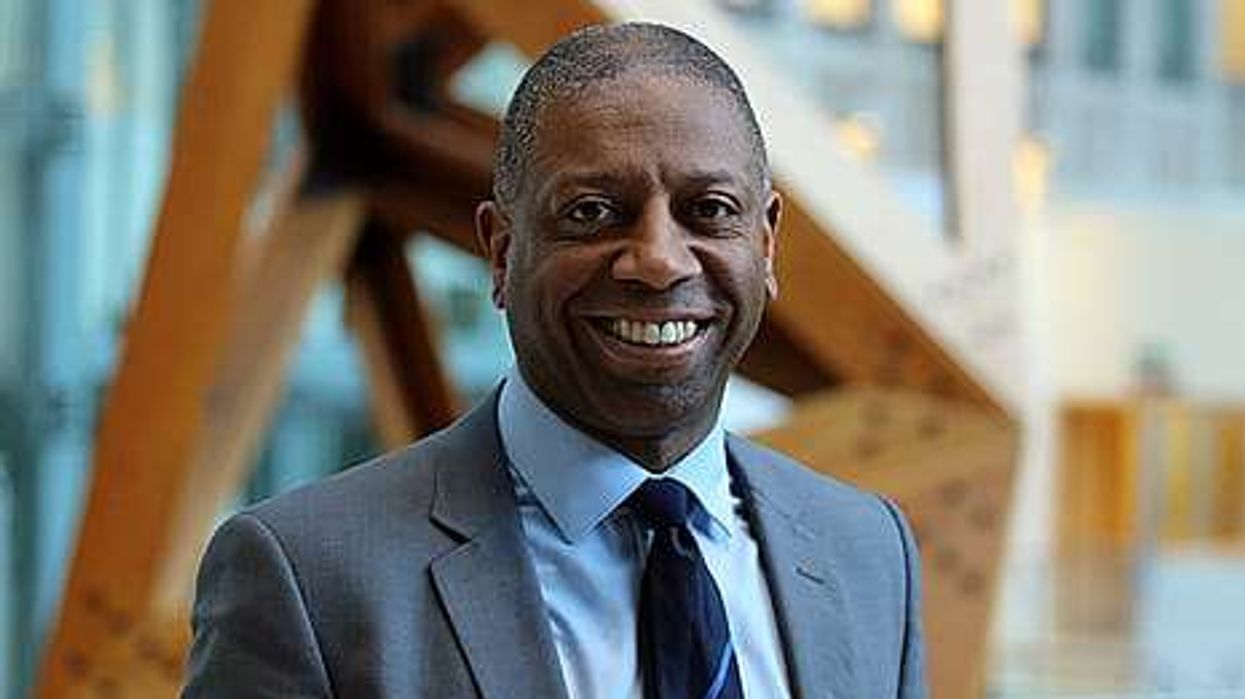A court in Punjab’s Mansa district framed charges against jailed gangster Lawrence Bishnoi and 26 other accused in connection with the Sidhu Moosewala murder case.
Singer Shubhdeep Singh Sidhu, who was popularly known as Sidhu Moosewala, was shot dead in Punjab’s Mansa district on May 29, 2022.
The prime accused in the sensational case, Canada-based gangster Satinderjit Singh alias Goldy Brar, is yet to be arrested and charges have not been framed against him.
“District sessions Judge H S Grewal framed charges against 27 accused in the Moosewala murder case,” said Satinder Pal Singh Mittal, the counsel for the Moosewala’s family on Wednesday (1).
Besides, the court also dismissed the discharge applications of accused Lawrence Bishoni, Jaggu Bhagwanpuria, Jagtar Singh and Charanjit Singh Chetan, the counsel said.
The court has fixed the next hearing on May 20. Reacting to the development, Moosewala’s father Balkaur Singh said for the first time, in the last 24 months, the family is feeling some relief.
The accused were booked under different sections including murder, attempt to murder, voluntarily causing grievous hurt by dangerous weapons or means, criminal conspiracy, etc.
Moosewala was killed when he, along with his friend and cousin, was travelling in a jeep to Jawahar Ke village in Mansa. His vehicle was waylaid and bullets were sprayed on him by six shooters.
After the killing, Goldy Brar, who is a member of the Lawrence Bishnoi gang, claimed responsibility for the murder.
According to the charge sheet filed by police, accused Brar was the mastermind behind the murder of Moosewala which was carried out to “avenge” the killing of Vicky Middukhera’, a Youth Akali leader, in 2021.
Brar was designated a terrorist by the government under the anti-terror law UAPA in January this year.
He had coordinated with accused Lawrence Bishnoi, Jaggu Bhagwanpuria, Sachin Bhiwani, Anmol Bishnoi, Sachin Thapan, Monu Dagar, Pawan Bishnoi and the shooters and prepared the plan to kill Moosewala, according to the charge sheet.
Bishnoi, who was allegedly operating his gang from Tihar jail, was arrested by Punjab police in the murder case.
(PTI)













